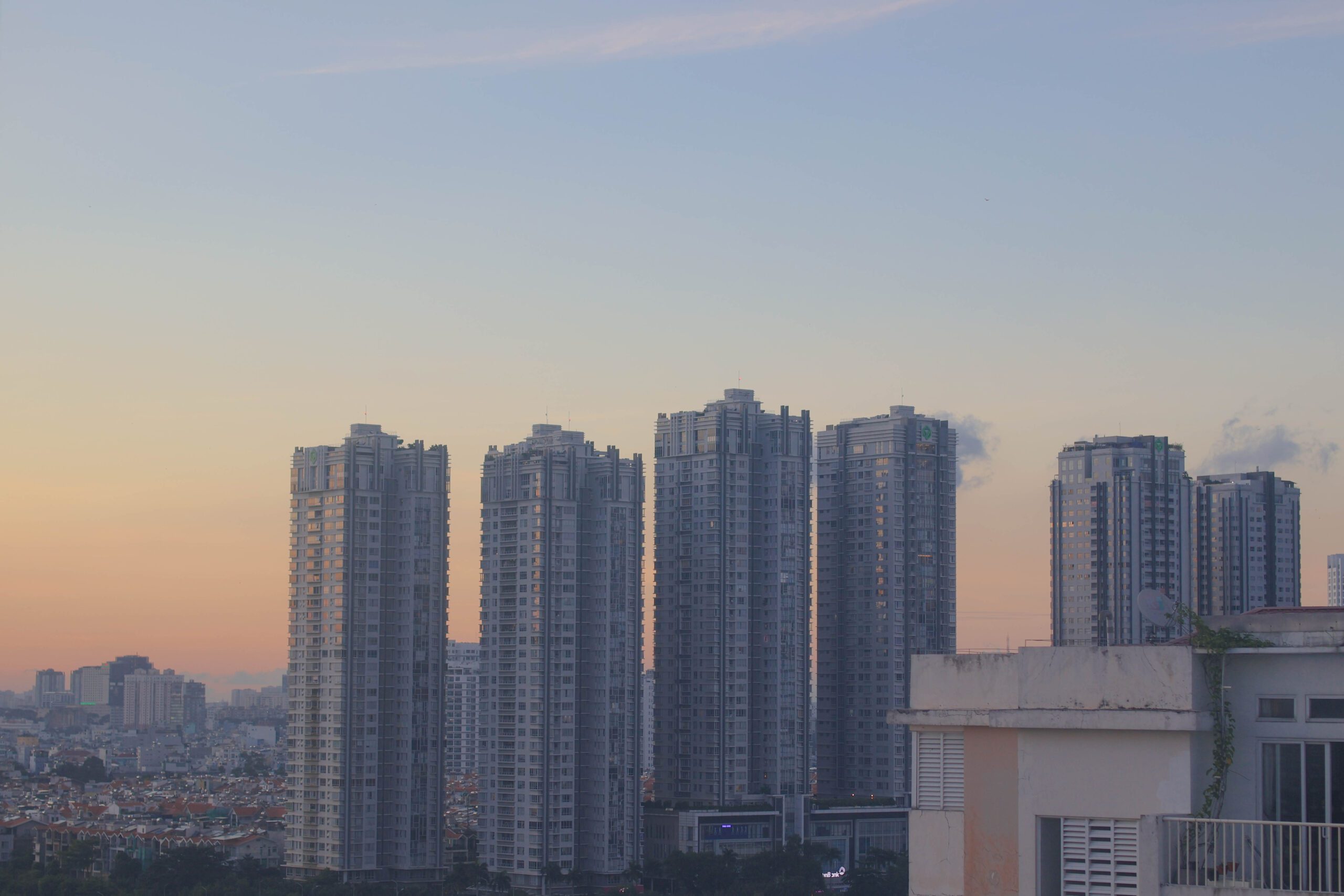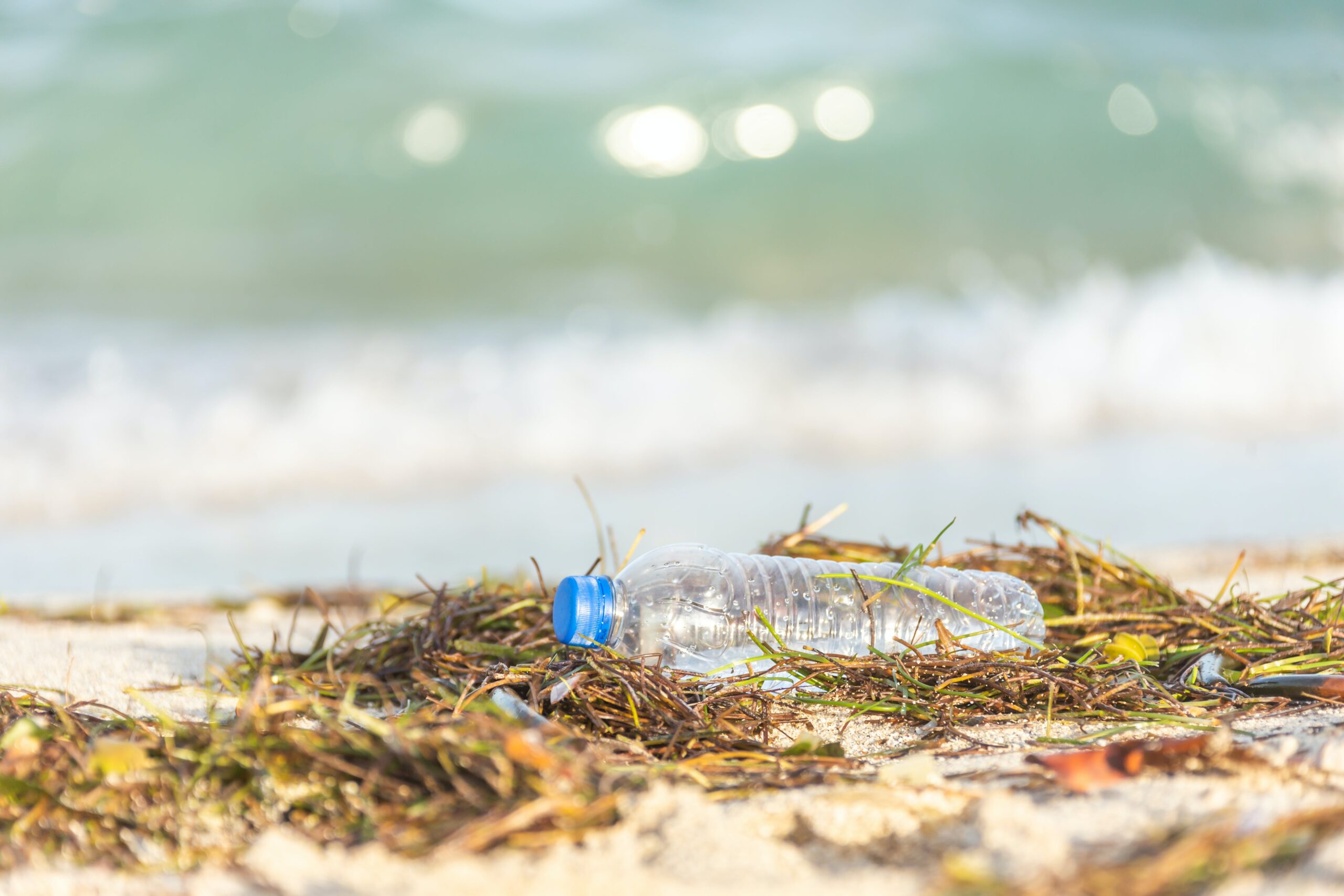You’ve invested in your own well, providing a reliable source of water for you and your family. But now, you’re concerned about the potential risks of contamination and pollutants seeping into your water supply. Rest assured, there are steps you can take to safeguard your well and ensure the water remains clean and safe. By implementing regular testing, properly maintaining the well, and implementing protective measures, you can protect your well from potential harm and continue to enjoy pure and pristine water for years to come.

Maintaining the Well Structure
Sealing the well head
Properly sealing the well head is vital in preventing contamination. A well head cap or seal should be securely in place, providing a barrier between the well opening and the surrounding environment. This helps keep out insects, debris, and other potential contaminants. Regular inspections should be conducted to ensure the well head is intact and the seal remains in good condition.
Repairing cracks and leaks
Cracks or leaks in the well structure can allow contaminants to seep into the groundwater. It is important to promptly address any signs of damage, such as water pooling around the well or a decrease in water quality. Repairing cracks and leaks may involve sealing them with appropriate materials or, in more severe cases, seeking professional assistance to fix the issue. Regular maintenance and inspections are crucial for identifying and addressing potential problems early on.
Cleaning and disinfecting the well
Regular cleaning and disinfection of the well help maintain water quality and prevent the buildup of bacteria, viruses, and other harmful microorganisms. Cleaning should involve removing any debris or sediment that may have accumulated in the well. Disinfection can be achieved by using chlorine or other approved disinfectants. Following the recommended guidelines and seeking professional advice, if needed, will ensure the proper cleaning and disinfection of your well.
Preventing Surface Contamination
Keeping hazardous materials away
Keeping hazardous materials away from your well is essential in preventing surface contamination. Store chemicals, fuels, and other potentially harmful substances in secure and designated storage areas that are located far away from the well. Be mindful of potential sources of contamination such as leaking underground storage tanks or nearby industrial activities. Take precautions to prevent spills, leaks, or runoff that could reach the well.
Proper disposal of waste
Improper disposal of waste can contribute to the contamination of groundwater. It is important to follow local regulations and guidelines for disposing of waste materials. Avoid disposing of household chemicals, pharmaceuticals, or other pollutants down the drain or toilet, as they can find their way into the groundwater through septic systems or sewage treatment plants. Instead, utilize designated disposal facilities or programs to dispose of hazardous waste safely.
Managing animal waste
Proper management of animal waste is crucial in protecting the quality of your well water. Ensure that livestock waste is stored and managed in a way that prevents it from entering the groundwater. This may include constructing appropriate storage facilities, implementing best practices for waste management, and maintaining proper distances between animal enclosures and the well. Regular monitoring and maintenance can help minimize the risk of contamination from animal waste.
Managing Runoff and Drainage
Diverting runoff away from the well
Diverting runoff away from the well helps prevent surface contaminants from entering the groundwater. Evaluate the landscape around your well to identify areas where water can collect and potentially flow towards the well. Implement proper grading and landscaping techniques to redirect runoff away from the well. This may involve shaping the land, creating swales or berms, or installing barriers such as gravel or vegetative buffers.
Installing a drainage system
Installing a drainage system can effectively manage excess water and prevent contaminants from reaching your well. Consider installing French drains, dry wells, or other drainage systems that can capture and redirect runoff away from the well. Proper design, installation, and maintenance of the drainage system are crucial to ensure its effectiveness in preventing contamination.
Controlling erosion near the well
Controlling erosion near the well is essential in maintaining water quality and preventing the loss of soil and sediment into the well. Erosion can introduce pollutants, such as fertilizers or pesticides, into the groundwater. Implement erosion control measures such as using mulch, ground covers, or retaining walls to stabilize the soil around the well. Regular monitoring and maintenance can help identify and address erosion issues promptly.
Using Safe Water Storage and Treatment Methods
Choosing appropriate storage containers
Choosing appropriate storage containers is essential in ensuring the safety and quality of stored water. Use only food-grade containers that are specifically designed for water storage. Avoid containers that may leach chemicals or harmful substances into the water. Properly seal the containers to prevent contamination and store them in a clean and dry area away from potential sources of contamination.
Using treatment systems
Using treatment systems, such as point-of-use filters or ultraviolet (UV) disinfection systems, can further enhance the safety of your well water. Consult with professionals or water treatment specialists to determine the appropriate treatment system for your specific needs and water quality. It is important to regularly maintain and monitor the treatment system to ensure its effectiveness in removing or reducing potential contaminants.
Monitoring water quality
Regular monitoring of water quality is crucial in identifying changes or issues that may affect the safety of your well water. Conduct periodic tests for common contaminants, such as bacteria, nitrates, pH levels, and chemicals. Keep records of the test results and compare them against recommended guidelines or standards. If any abnormalities are detected, promptly take appropriate action, such as additional testing, treatment, or seeking professional assistance.

Protecting from Agricultural Practices
Implementing best management practices
Implementing best management practices in agricultural activities can help minimize the impact on water quality and prevent contamination. This may include proper storage and handling of fertilizers and pesticides, implementing erosion control measures, and adhering to recommended application rates and timing. Follow local agricultural guidelines and seek guidance from agricultural extension services or professionals to ensure the adoption of safe and sustainable farming practices.
Using organic fertilizers and pesticides
Consider using organic fertilizers and pesticides as an alternative to minimize the potential risk of introducing harmful substances into groundwater. Organic fertilizers, such as compost or manure, can enhance soil fertility without the excessive use of synthetic chemicals. Organic pesticides can help control pests without posing significant environmental risks. Utilizing these organic alternatives can help protect your well water and contribute to a healthier environment.
Creating buffer zones
Creating buffer zones around agricultural areas can help protect your well from potential contamination. Buffer zones are vegetative areas that act as barriers between agricultural activities and water sources. They help filter and absorb nutrients, sediments, and other potential pollutants before they reach the well. Consult with agricultural experts or local conservation agencies to determine appropriate buffer zone sizes and vegetation types for your specific agricultural practices.
Testing and Monitoring Well Water
Regular water testing
Regularly testing your well water is essential in ensuring its safety and quality. Establish a schedule for water testing, considering factors such as the age of your well, local water conditions, and any changes in land use around the well. Conduct tests for common contaminants, such as bacteria, nitrates, pH levels, and chemicals. Follow recommended testing protocols and guidelines provided by local health departments or testing laboratories.
Monitoring for changes in water quality
In addition to regular testing, actively monitor your well water for any changes in quality or appearance. Pay attention to unusual odors, discoloration, or changes in taste. These can be indicators of potential contamination or issues with the well system. If any changes are observed, promptly investigate and take appropriate action, such as additional testing, treatment, or seeking professional assistance.
Seeking professional assistance
If you are unsure about testing protocols or concerned about the quality of your well water, it is advisable to seek professional assistance. Certified well water testing laboratories or qualified water specialists can provide guidance, conduct comprehensive tests, and offer recommendations based on your specific situation. Professional assistance can help ensure accurate results, proper interpretation of data, and appropriate actions to address any identified issues.

Avoiding Contamination during Well Operation
Preventing backflow and cross-connections
Preventing backflow and cross-connections is essential in avoiding contamination during well operation. Backflow occurs when water flows backward into the well, potentially introducing contaminants. Install backflow prevention devices, such as check valves or backflow preventers, to safeguard against this risk. Avoid cross-connections between your well and potential sources of contamination, such as irrigation systems or untreated water sources.
Proper well maintenance and operation
Regular well maintenance and proper operation are crucial in preventing contamination. Inspect the well system regularly for any signs of damage or deterioration. Keep the well area clean and free from debris or potential sources of contamination. Follow manufacturer’s guidelines for the operation of well pumps or pressure systems. Be vigilant in identifying and addressing any issues promptly to ensure the continued safety of your well water.
Avoiding chemical contamination
Chemicals can pose a significant risk of contamination if improperly stored, handled, or used near your well. Avoid storing or using chemicals in close proximity to the well. Be aware of potential sources of chemical contamination, such as spills, leaks, or accidental releases. Use caution when applying chemicals, such as fertilizers or pesticides, around your well and follow recommended safety guidelines and application rates. Preventing chemical contamination is essential in maintaining the purity of your well water.
Educating Well Users
Teaching proper water usage
Educating well users about proper water usage is crucial in maintaining the safety and quality of well water. Promote behaviors such as conserving water, avoiding excessive use of chemicals, and using water-efficient appliances and fixtures. Encourage well users to follow recommended guidelines for personal hygiene, such as proper handwashing techniques. By providing information and raising awareness about responsible water usage, you can contribute to the long-term protection of your well water.
Promoting awareness about contamination risks
Raising awareness about contamination risks is essential in ensuring the well-being of well users. Educate individuals about common sources of contamination, potential health risks, and preventive measures. Provide information on the importance of regular testing and proper well maintenance. Utilize various communication channels, such as community meetings, educational materials, or online platforms, to reach a wide audience and promote awareness about contamination risks.
Informing about potential pollutants
Informing well users about potential pollutants helps them make informed decisions and take necessary precautions to protect their well water. Provide information on common pollutants, such as bacteria, chemicals, nitrates, or heavy metals, including their sources and potential health effects. Share knowledge about monitoring and treatment options available to address specific pollutants. By equipping well users with this information, they can actively participate in protecting their well water from potential contamination.
Complying with Local Regulations
Understanding local well construction codes
Understanding and complying with local well construction codes is essential in ensuring the safety and legality of your well. Familiarize yourself with the regulations and requirements specific to well construction in your area, including minimum distances from potential contaminant sources, well depth, casing materials, and construction standards. By adhering to these codes, you can help prevent contamination and ensure the longevity of your well.
Adhering to regulations for well usage
Local regulations may also govern the usage of wells to protect water resources. Familiarize yourself with any restrictions or requirements related to well usage, such as water withdrawal permits or water conservation measures. Complying with these regulations promotes sustainable water management practices and helps maintain the overall health and availability of groundwater resources.
Reviewing and renewing permits
If you have obtained permits for well construction or water usage, it is important to review their terms and conditions periodically. Ensure that you understand the permit requirements, including any reporting or monitoring obligations. Stay informed about permit renewal deadlines and initiate the process for renewal in a timely manner to maintain compliance with local regulations. Regularly reviewing and renewing permits demonstrates your commitment to responsible well management.
Emergency Response and Contingency Plans
Preparing for emergencies
Preparing for emergencies is crucial in safeguarding your well and ensuring access to safe water during unexpected events. Develop an emergency preparedness plan that includes procedures for addressing various scenarios, such as power outages, natural disasters, or equipment failures. Keep important contact information, backup power sources, and emergency supplies readily available. Regularly review and update your plan to reflect any changes in circumstances or new risks.
Creating a contingency plan
Creating a contingency plan specifically tailored to your well helps ensure prompt action in the event of contamination or well-related issues. Establish procedures for assessing, isolating, and addressing potential contamination incidents. Identify alternative water sources or backup systems that can be utilized if your well becomes temporarily unusable. By having a well-designed contingency plan in place, you can respond effectively and minimize the potential impact of unforeseen circumstances.
Knowing the emergency contact information
Knowing the emergency contact information is essential in promptly addressing any well-related emergencies. Keep a list of relevant contacts, such as local health departments, emergency management agencies, or certified well contractors. Be aware of any local hotlines or resources available for reporting well-related incidents or seeking immediate assistance. Quick access to emergency contact information can significantly contribute to the timely resolution of any well-related emergencies.
In conclusion, maintaining a well structure, preventing surface contamination, managing runoff and drainage, using safe water storage and treatment methods, protecting from agricultural practices, testing and monitoring well water, avoiding contamination during well operation, educating well users, complying with local regulations, and having emergency response and contingency plans are all essential steps in protecting your well from contamination and pollutants. By following these guidelines, you can ensure the safety and quality of your well water, safeguarding the health and well-being of yourself and your loved ones.

